We use cookies to make your experience better. To comply with the new e-Privacy directive, we need to ask for your consent to set the cookies. Learn more
Why you should Treat Horse Ulcers Immediately.
Some Facts about horse ulcers
Horse ulcers have an affect regardless of age, breed or discipline. Equine gastric ulcers 70% prevalent in standard pleasure riding horses and up to 90% in performance horses.
The only accurate diagnosis available for equine gastric ulcers is an endoscopy performed by your veterinarian. However many horse owners will diagnose ulcers through a trial and error treatment regime and seeing if the horse responds.
How Do I Know My Horse is Suffering from Stomach Ulcers?
The early detection of ulcers is important. The best way is to be aware of signs and symptoms. The following changes in your horse are worth discussing with your veterinarian;
- Eating and drinking habits
- Weight loss
- Attitude: stubbornness
- Coat Dull
- Performance is poor

Omeprazole Paste Treatment for ulcers
Usually a formulation containing Omeprazole will be recommended as the most effective treatment. Trusted by many horse owners and veterinarians. Omeprazole paste is a reliable effective treatment for horse ulcers.
Administering Omeprazole Paste
Administering medication via a syringe is not for every horse. However some take the syringe well. Omeprazole paste is a great alternative for the picky eater or when your horse is off their feed.
Simple Guide to administering omeprazole paste
- Ensure your horse's mouth is free from food.
- Adjust the dosage amount on the syringe based on your horse's weight.
- Remove the tip of the syringe.
- Insert the syringe into the horses mouth in the inter dental space.
- Press the plunger all the way down and you're done!
Firstly watch for the obvious signs. Secondly treat as soon as possible for the best outcome for your horse.

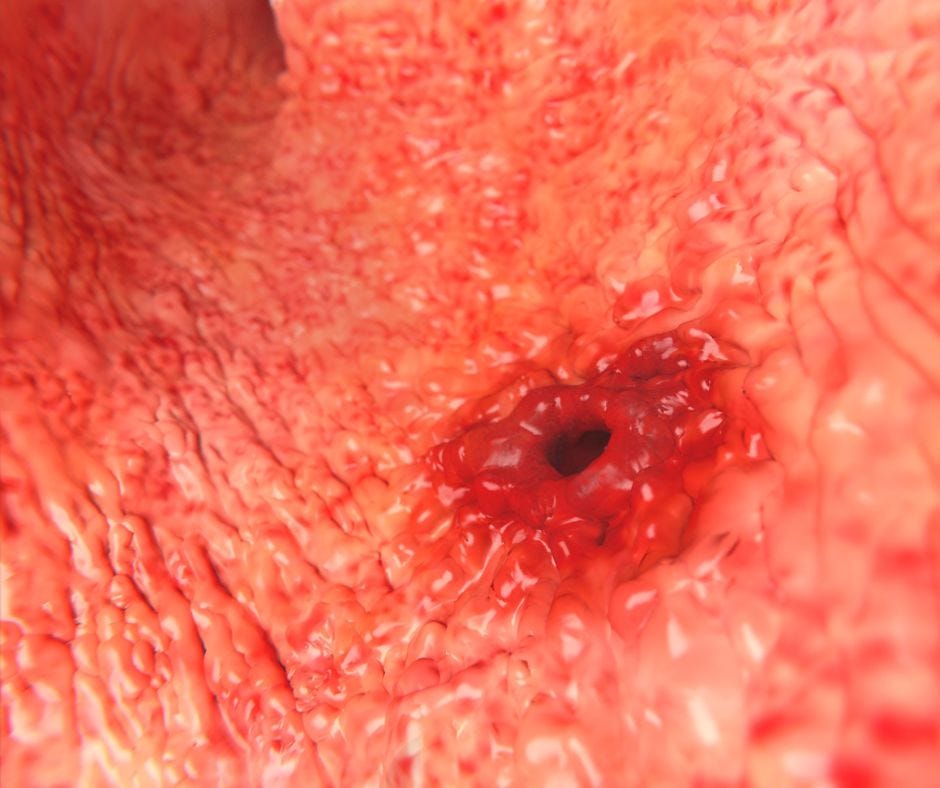
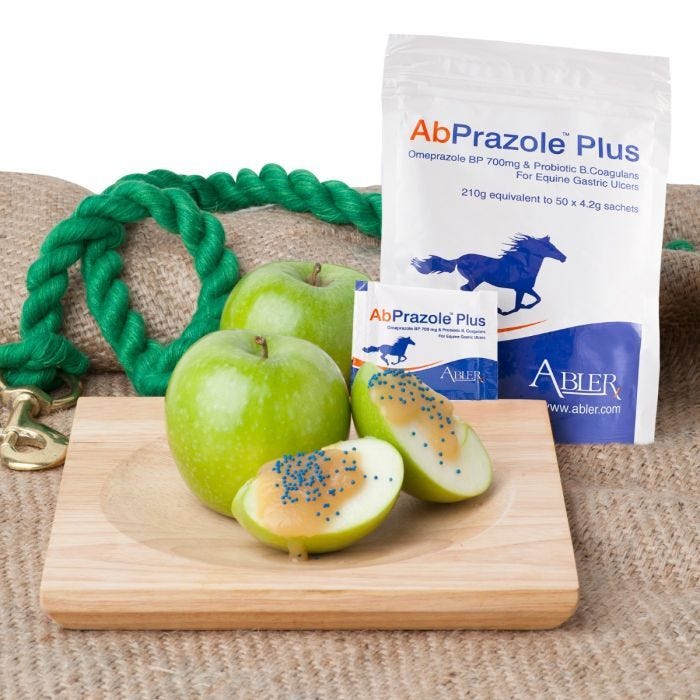
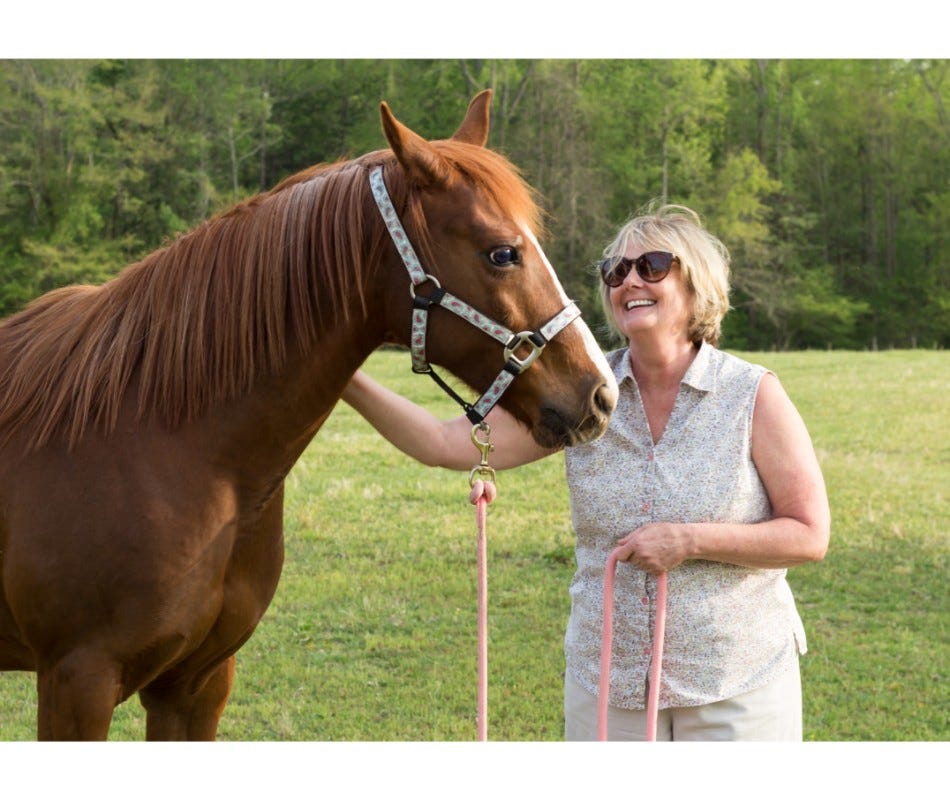
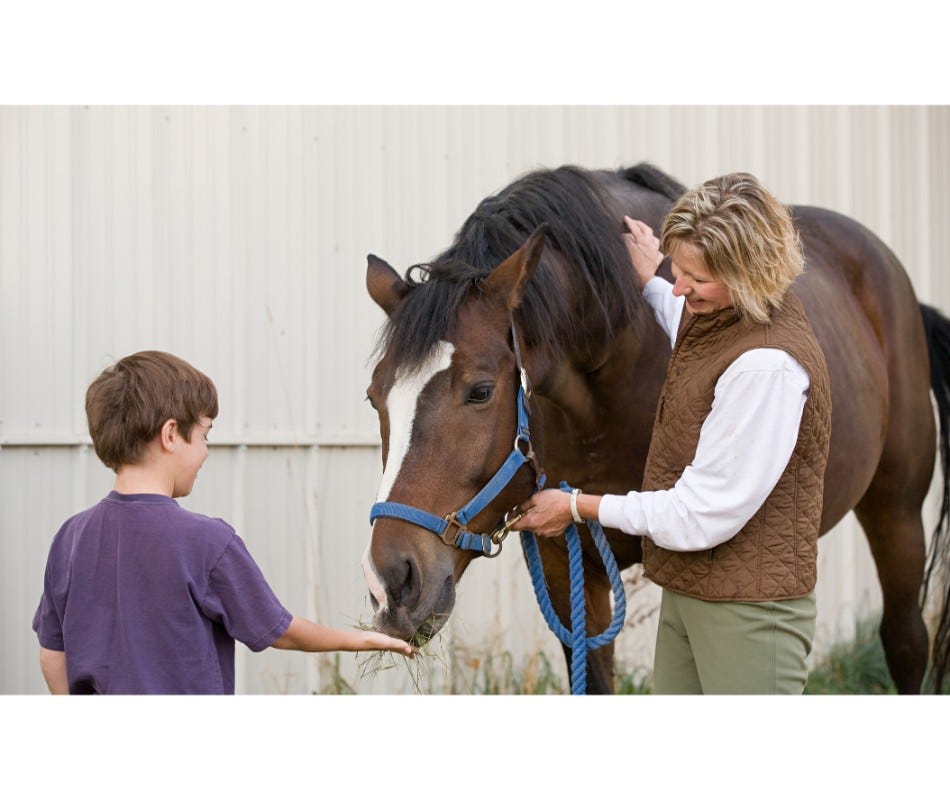
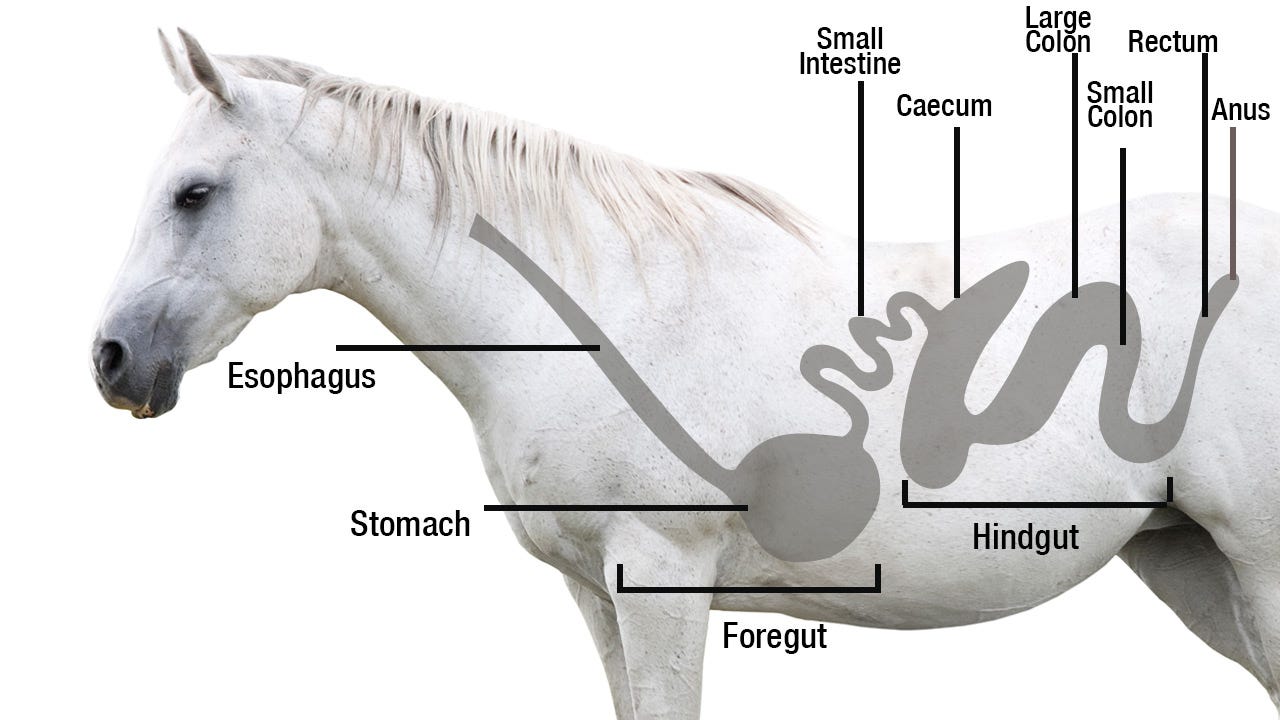


Validate your login